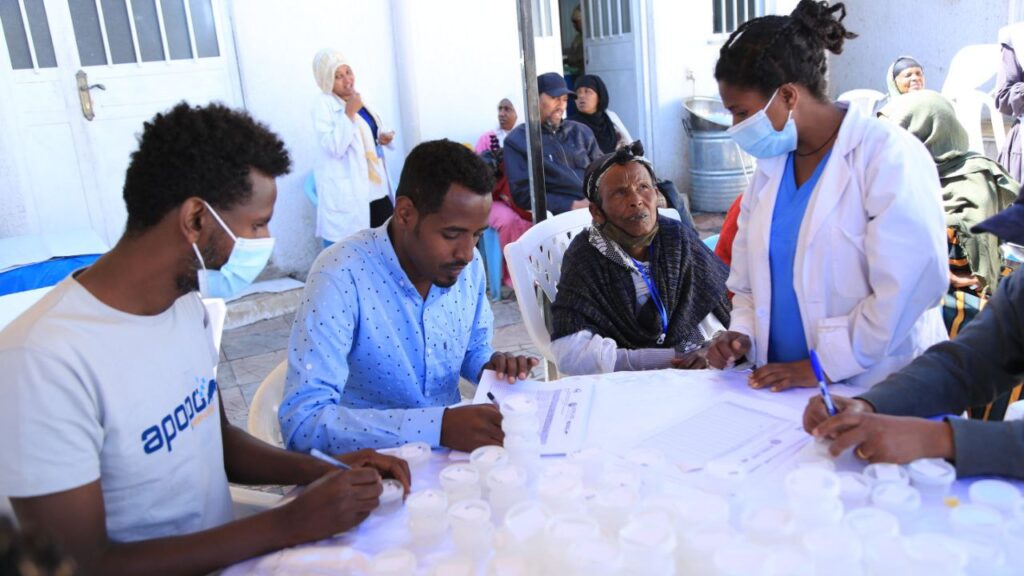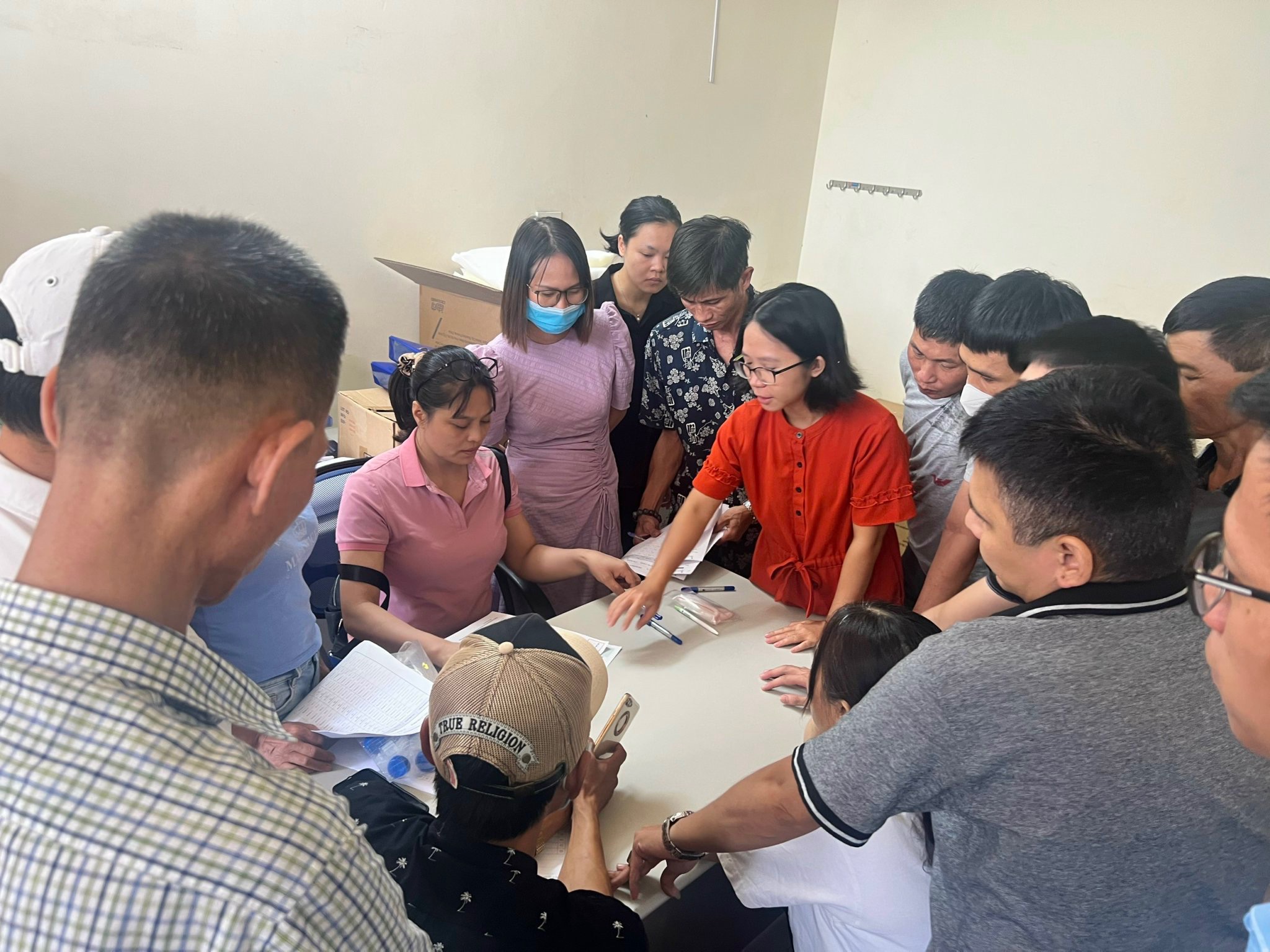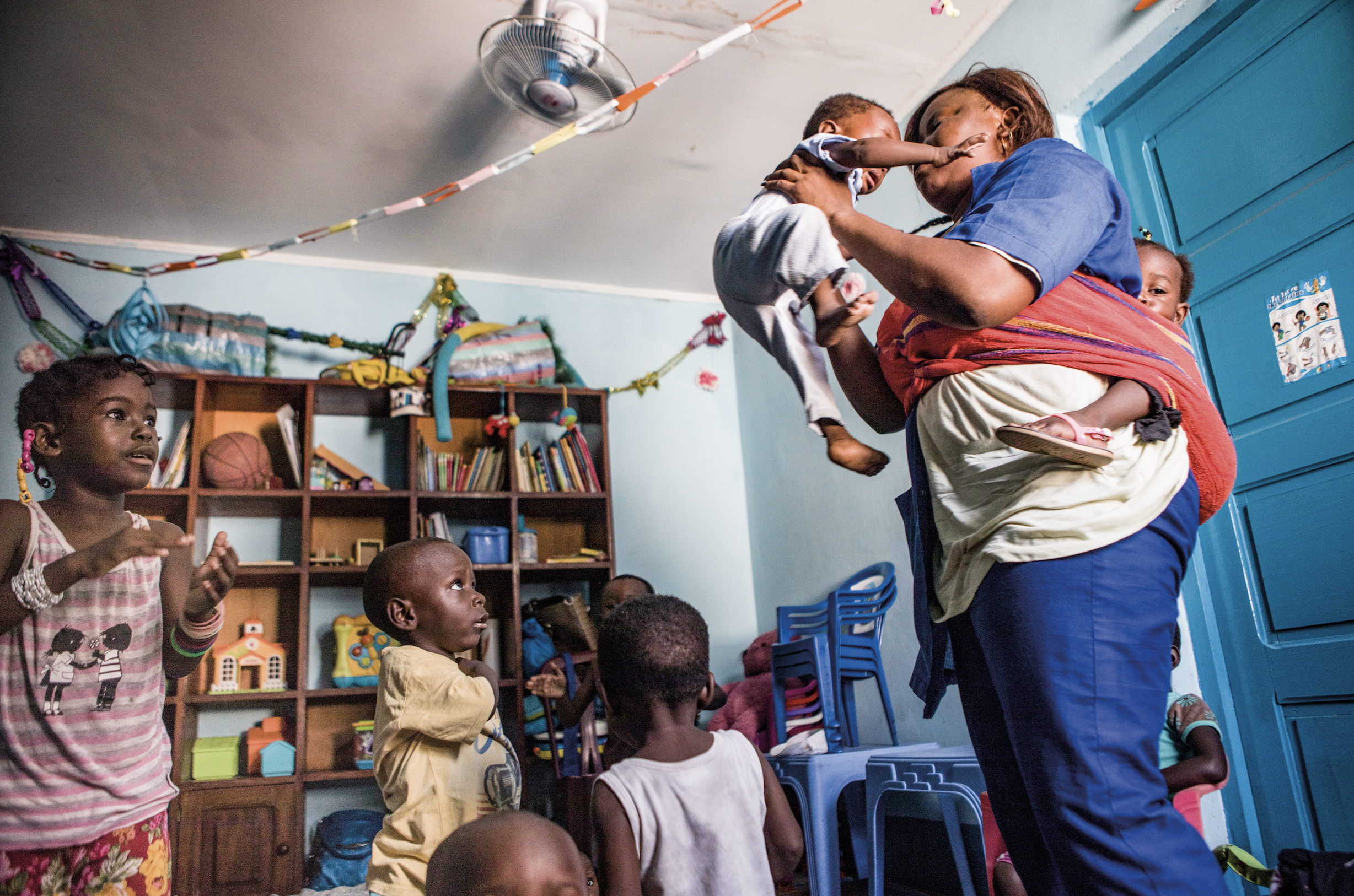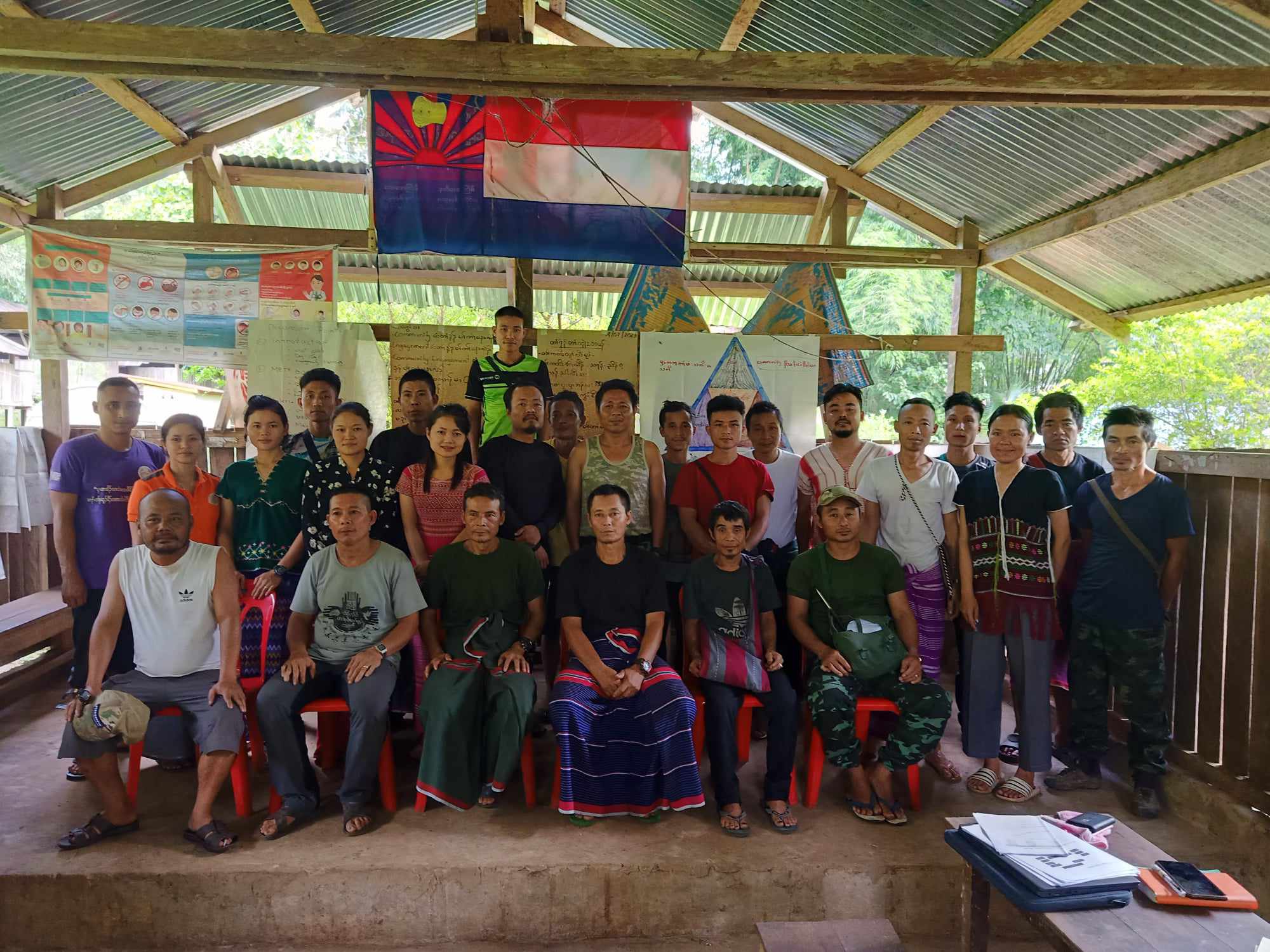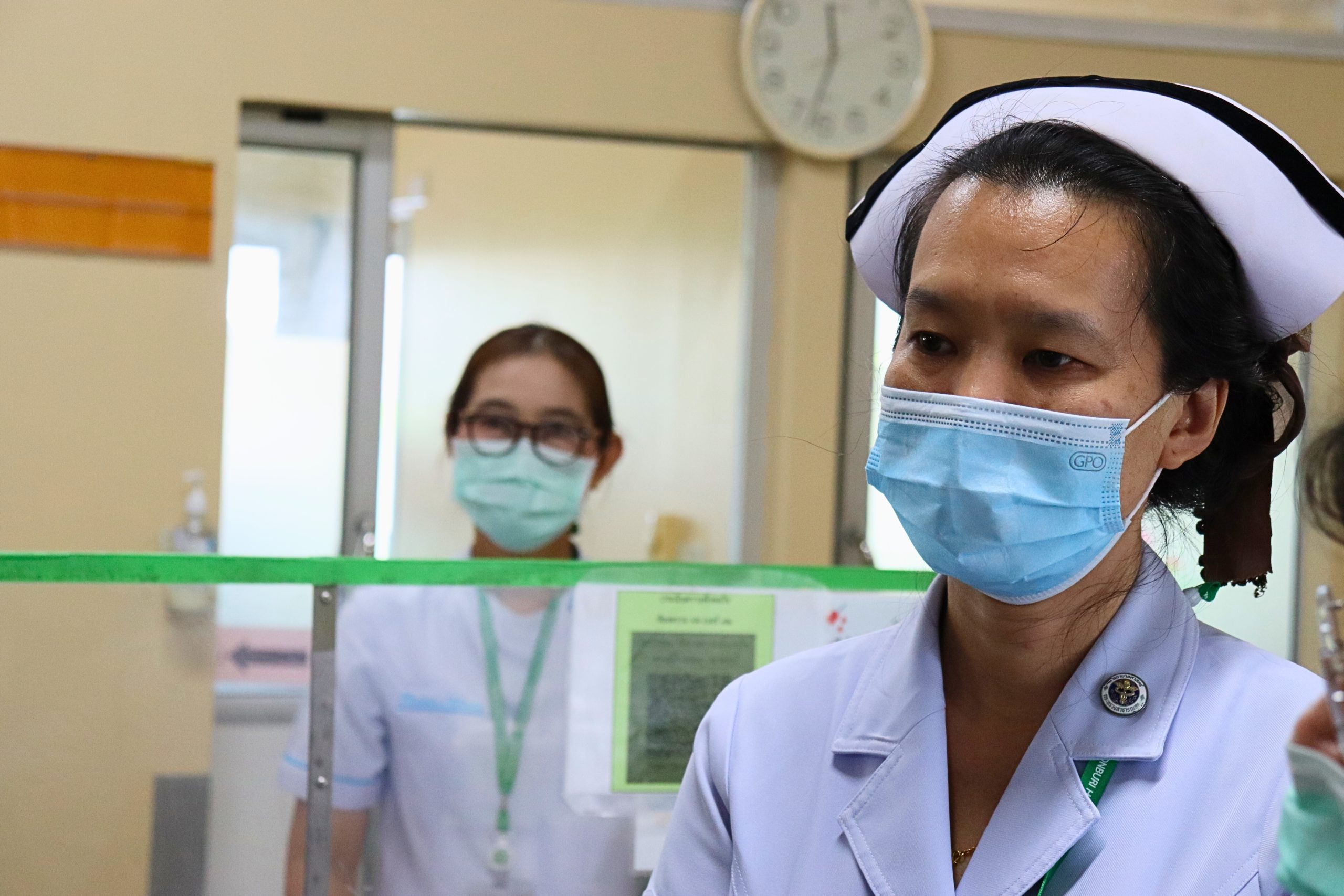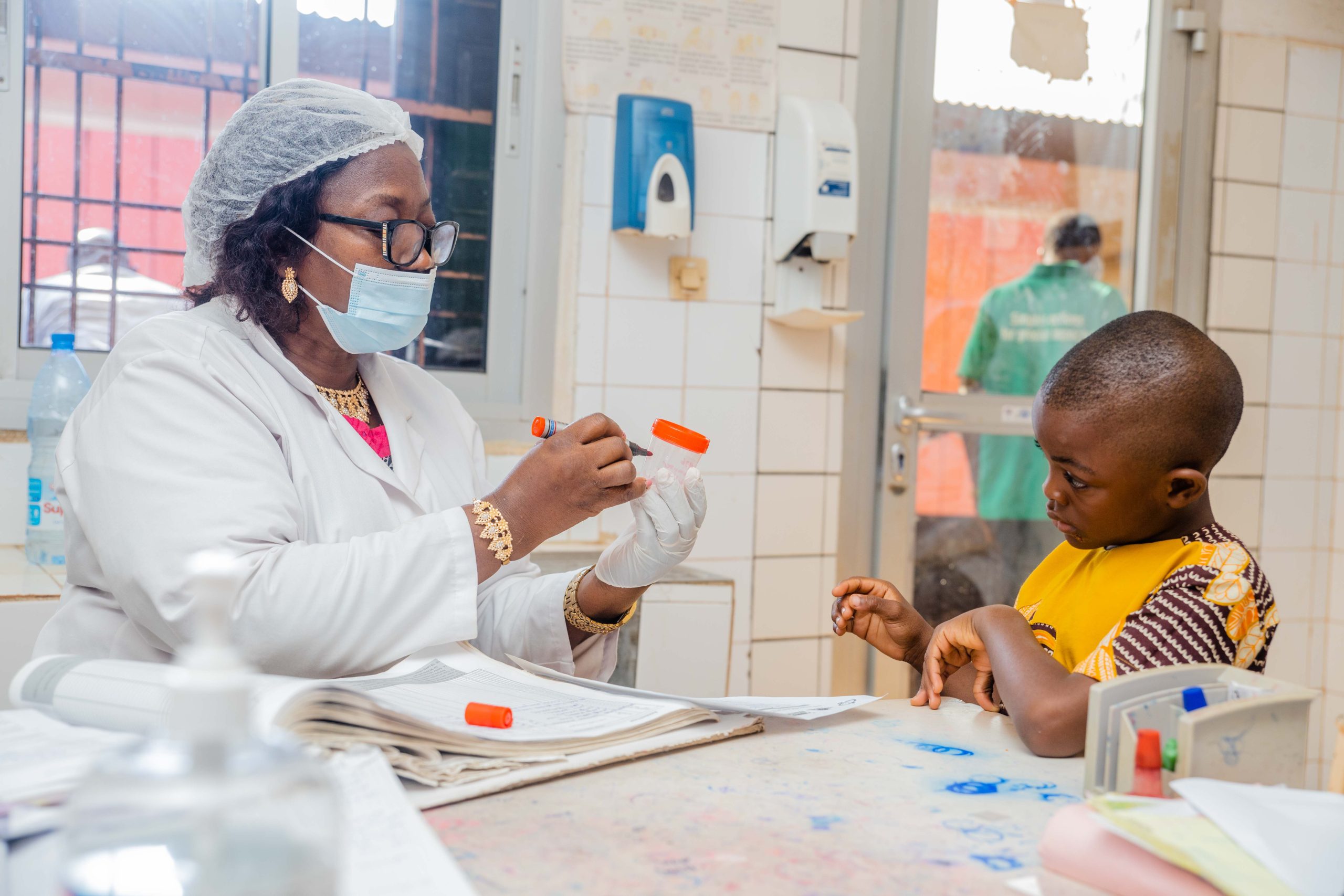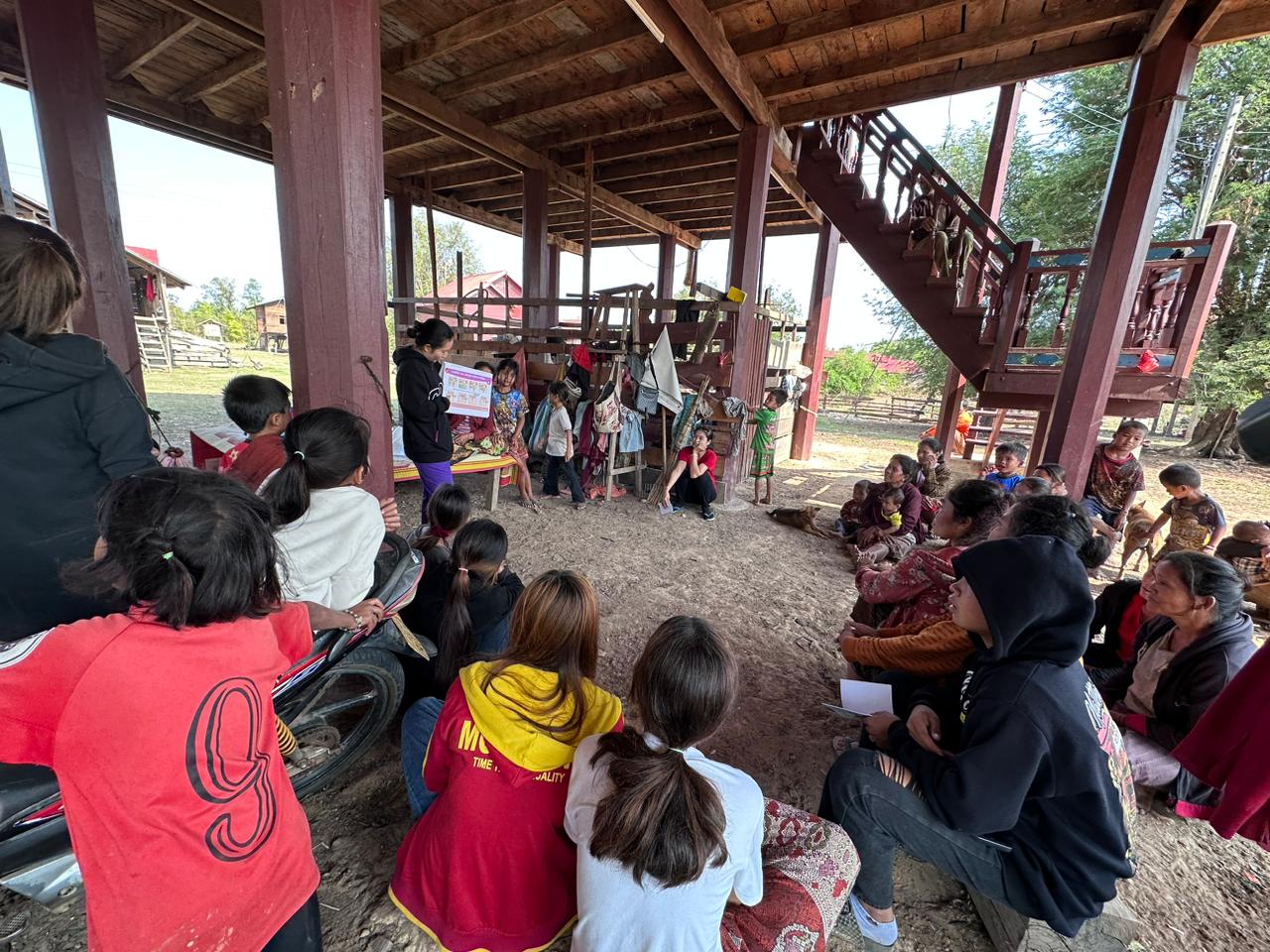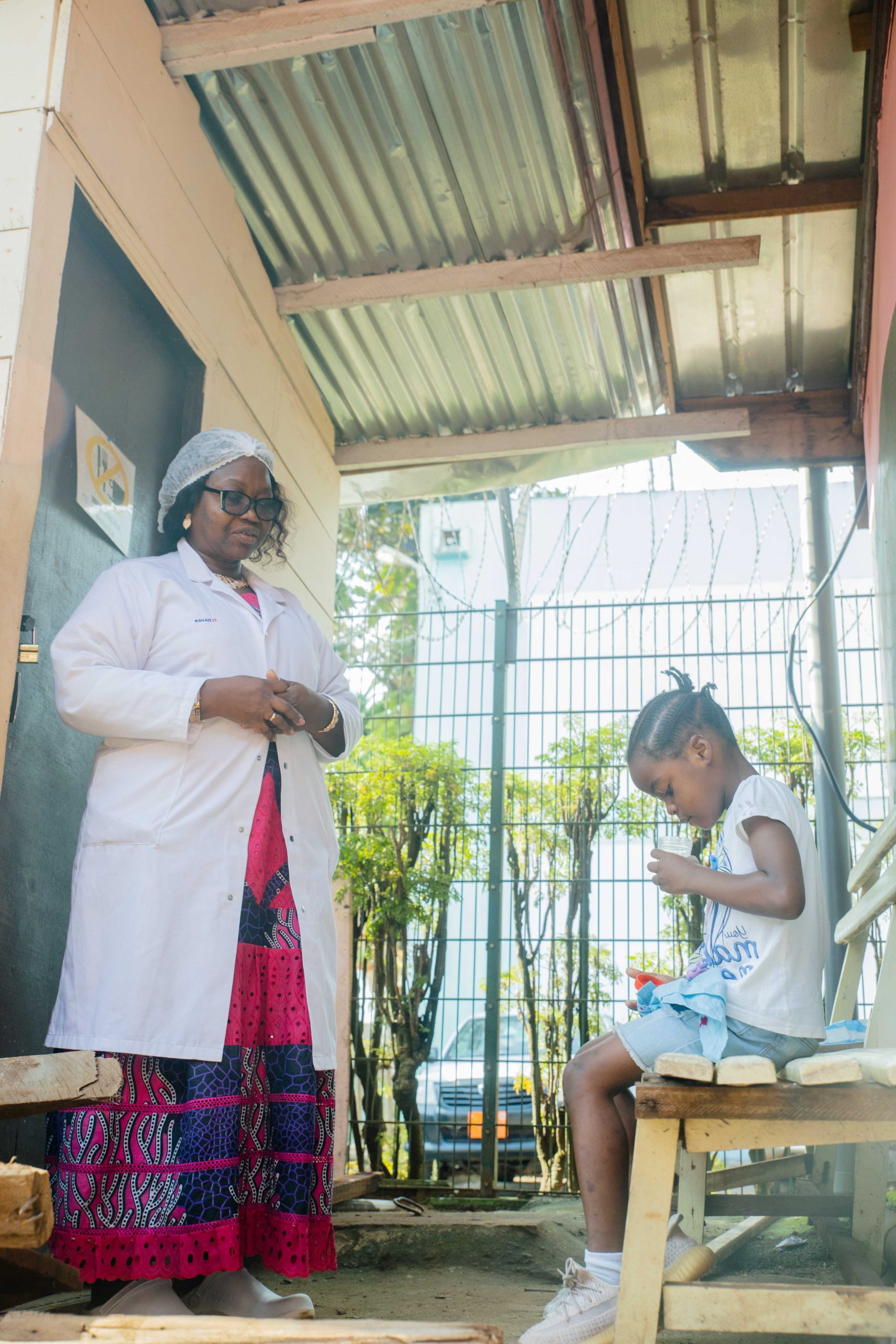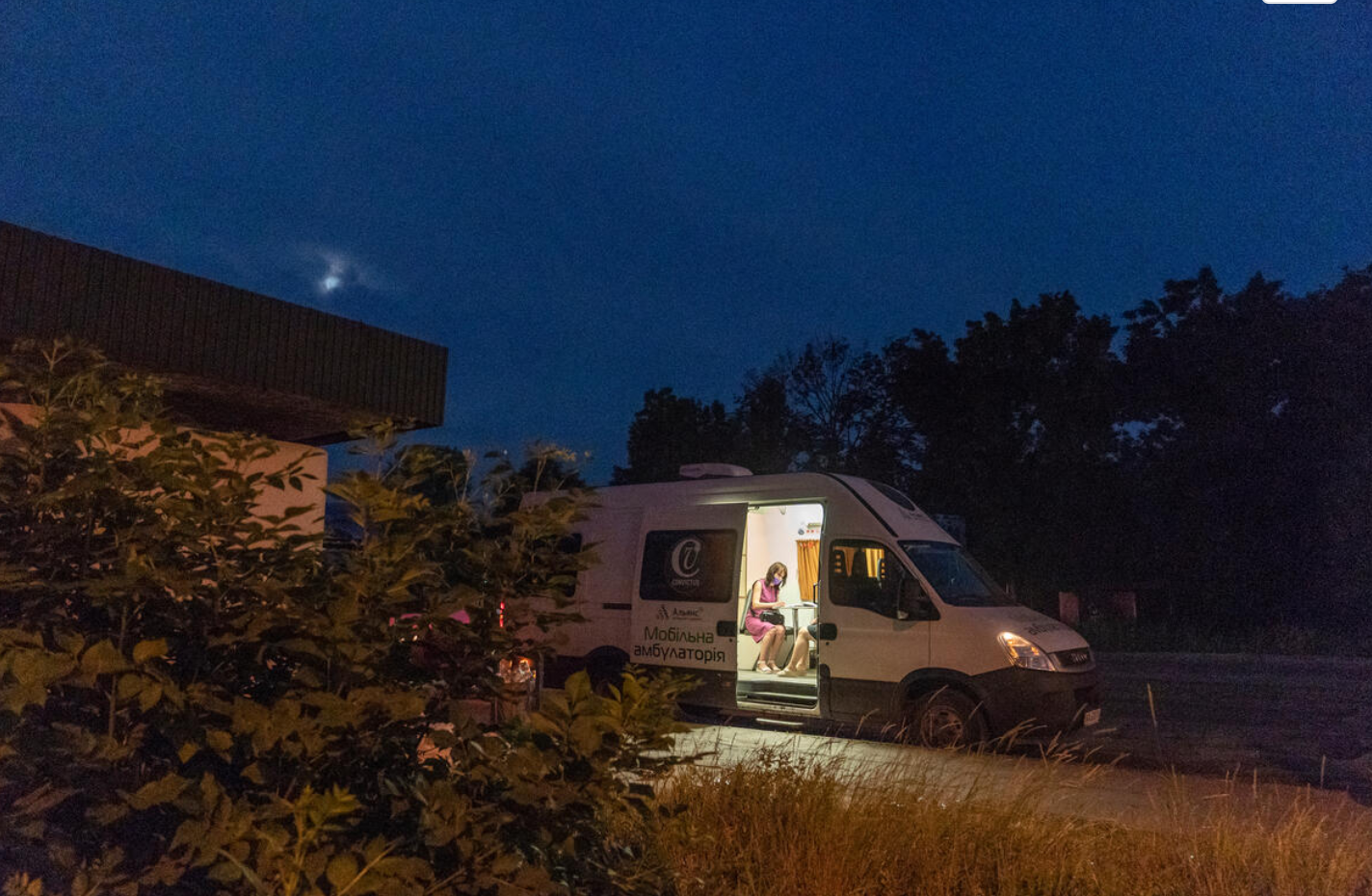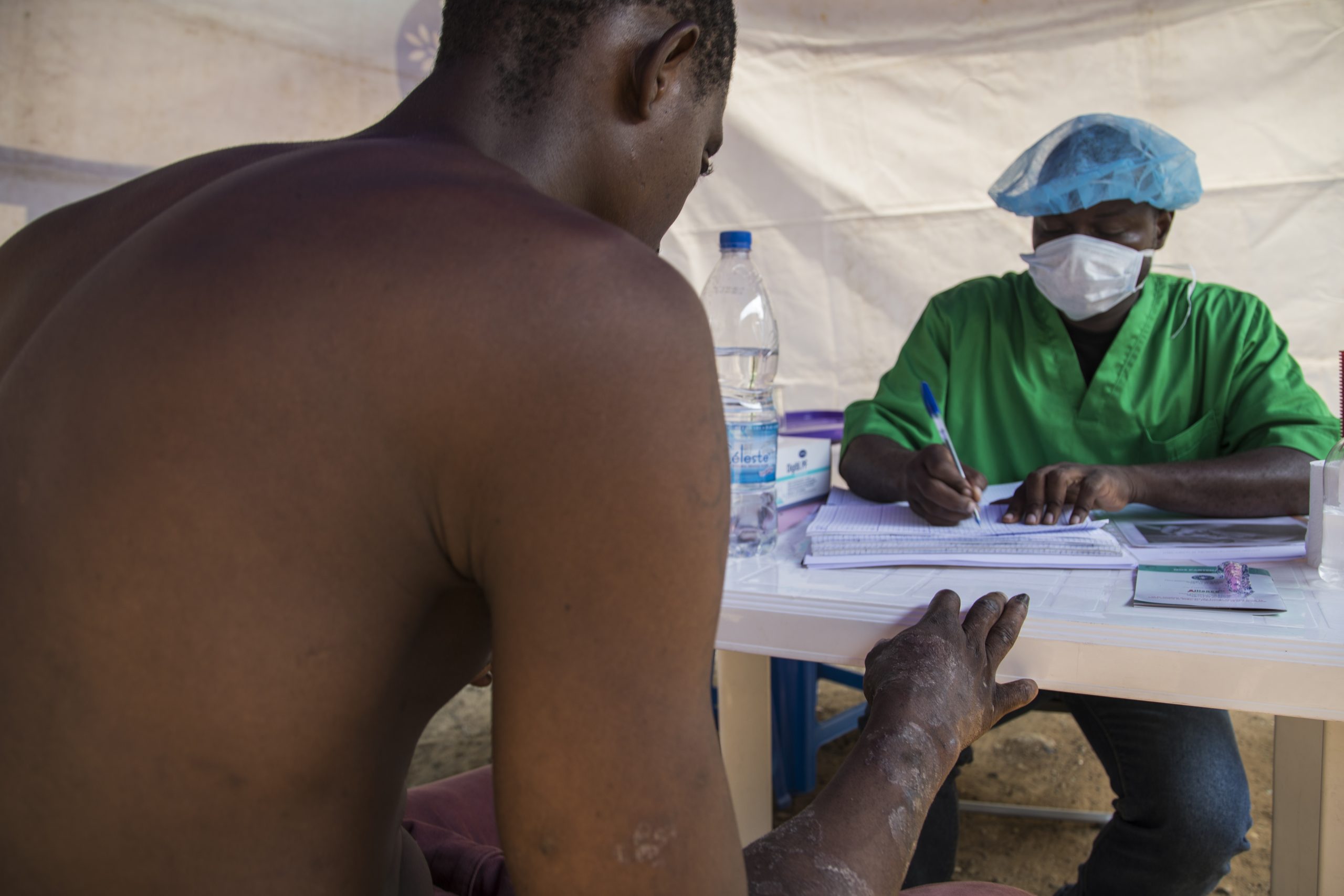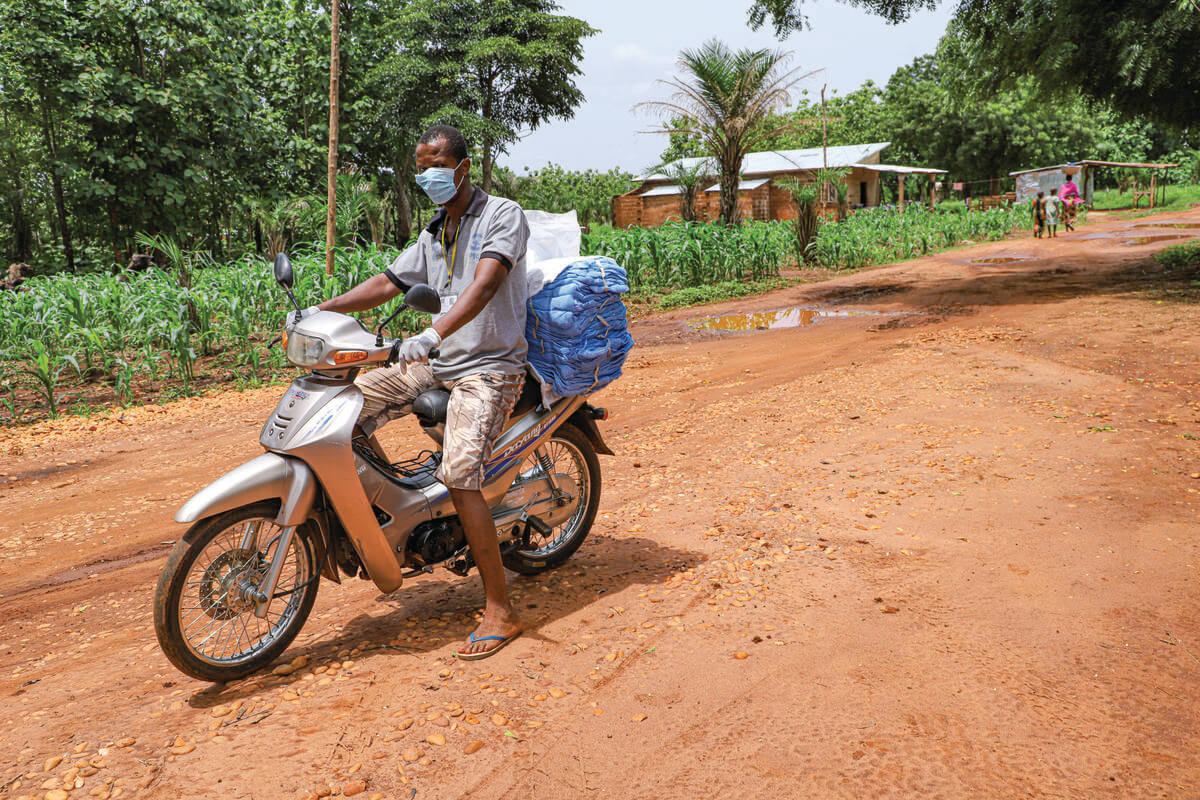The aim of this project is to implement a tuberculosis intervention package to find and treat more tuberculosis cases among the Addis Ababa’s urban poor population who are currently underdiagnosed.
Context
Tuberculosis is one of the leading infectious disease killers in Ethiopia. To eliminate the illness, finding and treating the active cases is a cornerstone to ensure safety and economic growth, and reduce inequalities. However significant diagnosis gaps remain, even in the capital city, for hard-to-reach and vulnerable populations. In fact, they are at greater risk to develop the disease due to their poor housing conditions coupled with a crowded living environment, and at the same time have limited access to tuberculosis and other healthcare services. As a result, urban poor Ethiopians face a significant high tuberculosis burden and there is no specific strategy or intervention in place in the country to tackle their needs.
Description
This type of research is a quasi-experimental stepped-wedge design with a before-after, as well as geographical, comparisons of tuberculosis case detection and treatment initiation rates. The target population consists of at least 450,000 inhabitants, including slum dwellers, street vendors, daily laborers and homeless people from all sub-cities and districts of Addis Ababa. The research pursue three objectives:
- Improving acess to tuberculosis services through community- based tuberculosis screening,
- Enhancing patients’ linkage to care through community-based patient tracking,
- Increasing diagnostic tuberculosis case confirmation through enhanced diagnostic testing, comprising of the rapid referral and reevaluation of samples using TB detection rats, concentrated smear fluorescence microscopy (FM), and pooled and individual Xpert in parallel.
Impact
In its pilot phase, the project will directly benefit 100,000 urban poor individuals through education and tuberculosis screening. Between 3,000 and 6,000 presumptive tuberculosis patients identified will receive enhanced diagnostics. Among them, 5 to 10% are expected to be diagnosed with active tuberculosis and will benefit for the linkage- to-care and support package. This case finding may prevent up to 15,000 community members from further infection. Additionally, it will provide evidence for future policy regarding the screening approach for the target population.
